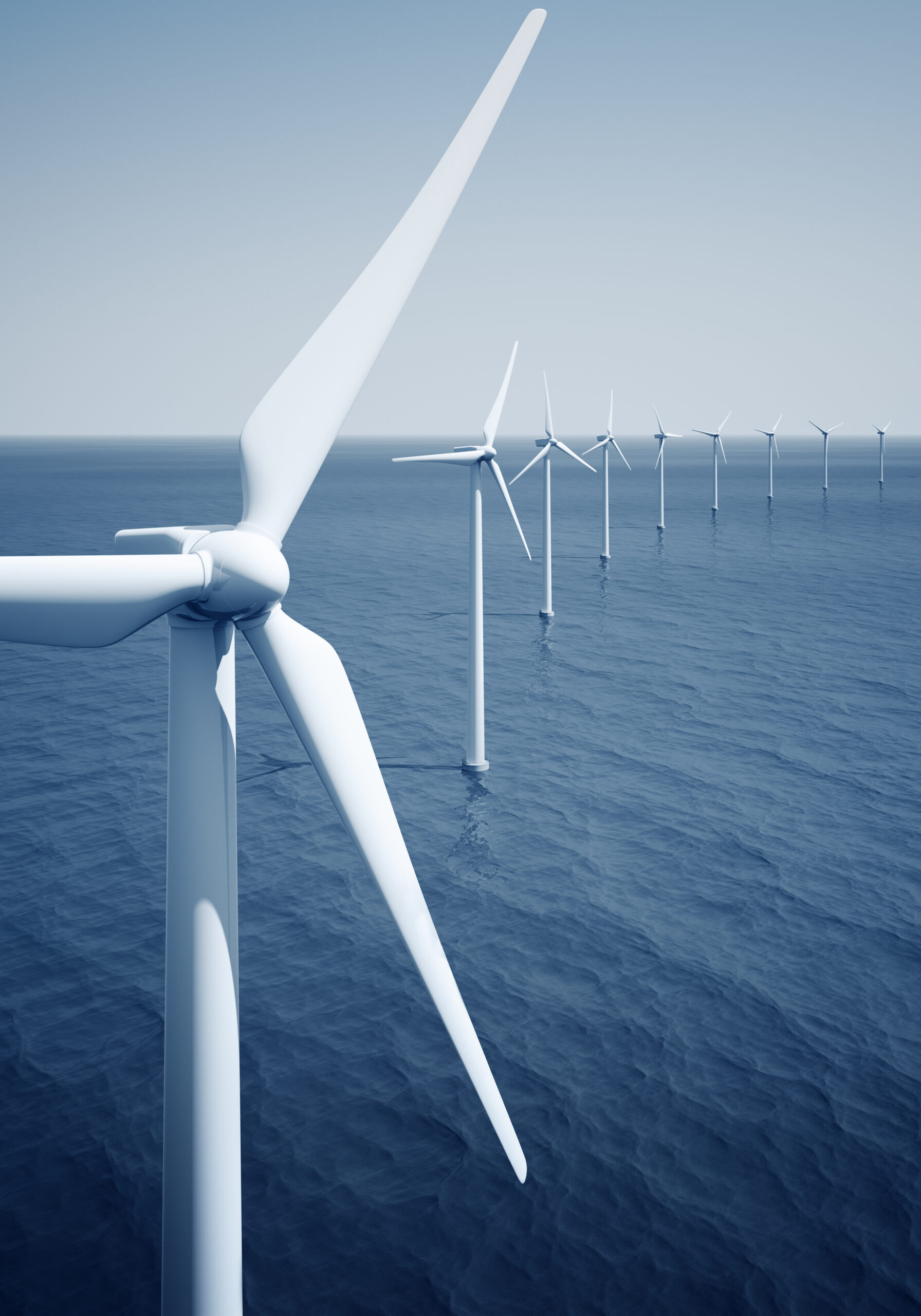More than a quarter of all wind turbines suffer from blades being out of alignment with their reference pitch angle. This can result in extra loading which reduces lifetime, and can compromise performance. ENGIE Laborelec has developed a cost-effective method of detecting misalignment, using data derived from SCADA to easily identify which turbines in a wind farm are likely to be affected.
Current methods are costly and time-consuming
Research indicates that more than 25% of wind turbines have at least one blade significantly out of alignment with its reference pitch angle. This can result from imprecise alignment with the reference markings, careless maintenance, or malfunction of the pitch system. It causes additional vibrations that can lead to accelerated ageing or damage and may have a negative impact on wind turbine performance.
Onsite laser scanning and photometry is the most used method of detecting pitch misalignment, but it’s costly and time-consuming when you have to investigate an entire wind farm, and gives only a snapshot of conditions on one day. That’s why ENGIE Laborelec has developed a much easier detection method – including monitoring capability – based on SCADA analysis.
Benefits
Checking an entire wind farm in a single offsite operation
Algorithmic analysis based on data from SCADA identifies the potential presence of pitch misalignment across the wind farm.
Lower overall cost
Only wind turbines with a high PHI score need further on-site analysis. This significantly reduces total costs.
Added value
ENGIE Laborelec has years of experience in identifying and remediating wind turbines blade pitch misalignment. Our PHI method has been used to check more than 500 wind turbines to date.
The pitch misalignment analysis can also reveal mass imbalance of the wind turbine rotor.
Identification through offsite SCADA analysis
Our method involves offsite algorithmic analysis of data derived from SCADA for every turbine in the wind farm in question. It reports any deviation in the vibrational behaviour of the turbines and calculates a pitch health indicator (PHI) for each wind turbine, potentially signaling pitch misalignment problems. Only turbines with a high PHI will then need further examination using laser scanning or photometry.
Because the method doesn’t require costly onsite intervention, it can be used repeatedly as a monitoring tool, including evaluating evolutions in pitch misalignment during operation or following maintenance.
How it works
- We gather a ten-minute sample of data from SCADA for each turbine in the wind farm.
- Our algorithm analyzes the vibrational behaviour of all wind turbines. It normalizes the vibrational data and defines a virtual well-performing wind turbine. Each turbine’s vibrational behaviour is then compared, leading to a pitch health indicator (PHI) score.
- We provide a comprehensive report, indicating the turbines with a high PHI score for which we propose further analysis using onsite laser scanning or photometry.
If needed, Laborelec can also carry out the subsequent onsite analysis.
Depending on the wind turbine type, the blade pitch misalignment can be corrected through software or pitch actuator adjustment in the turbine hub.
